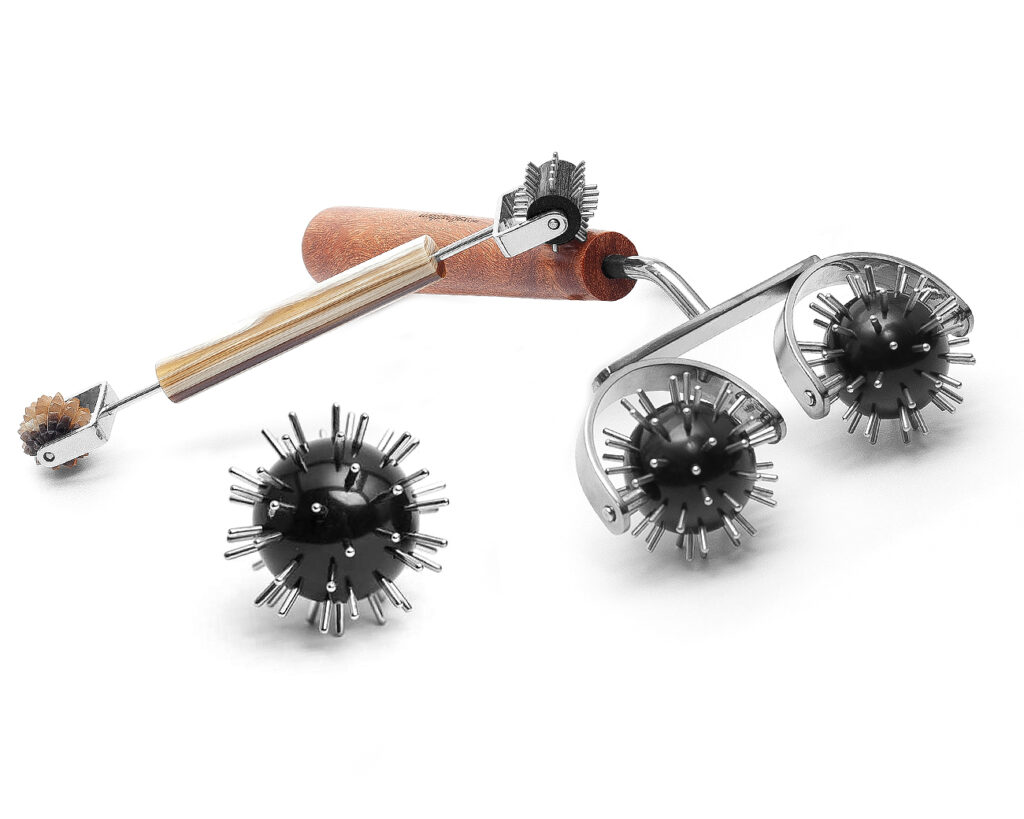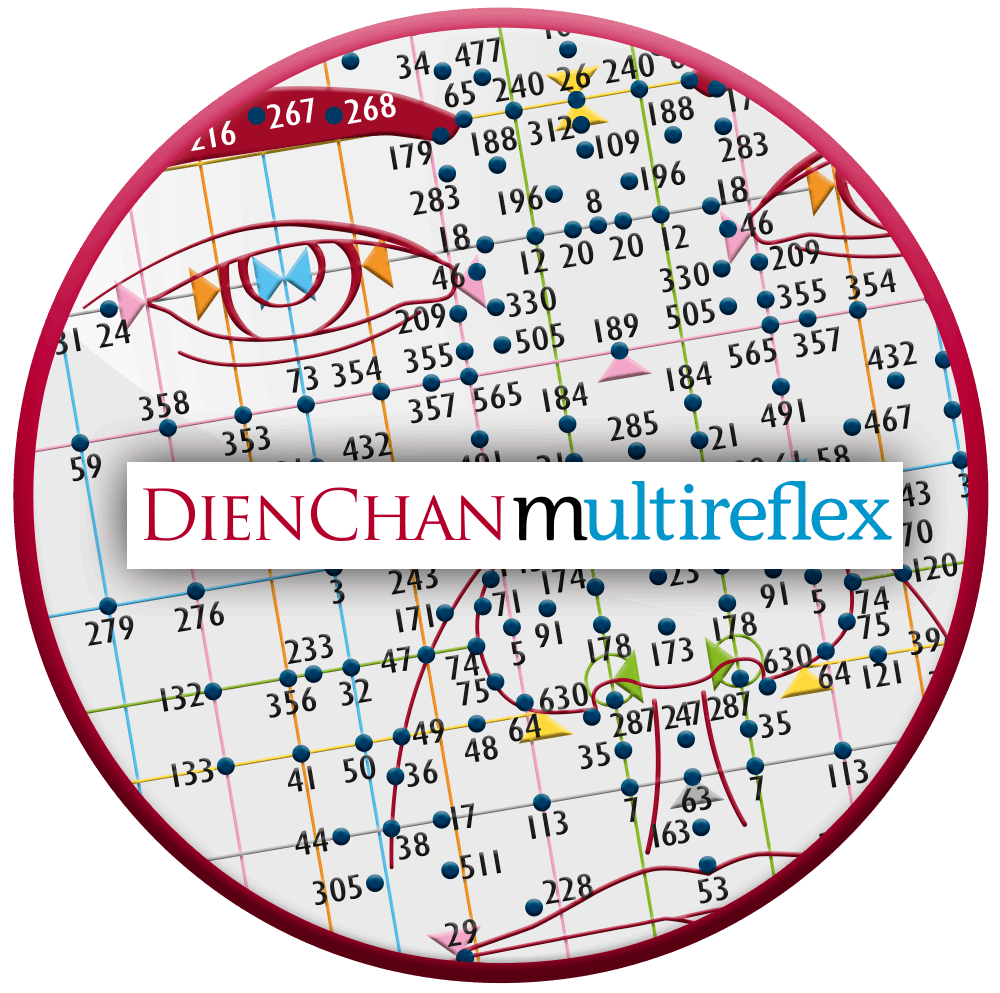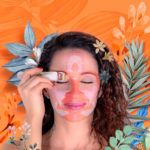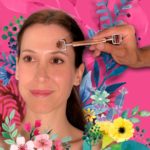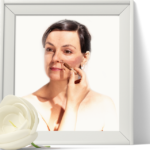Sleep apnea: advanced approach in Dien Chan
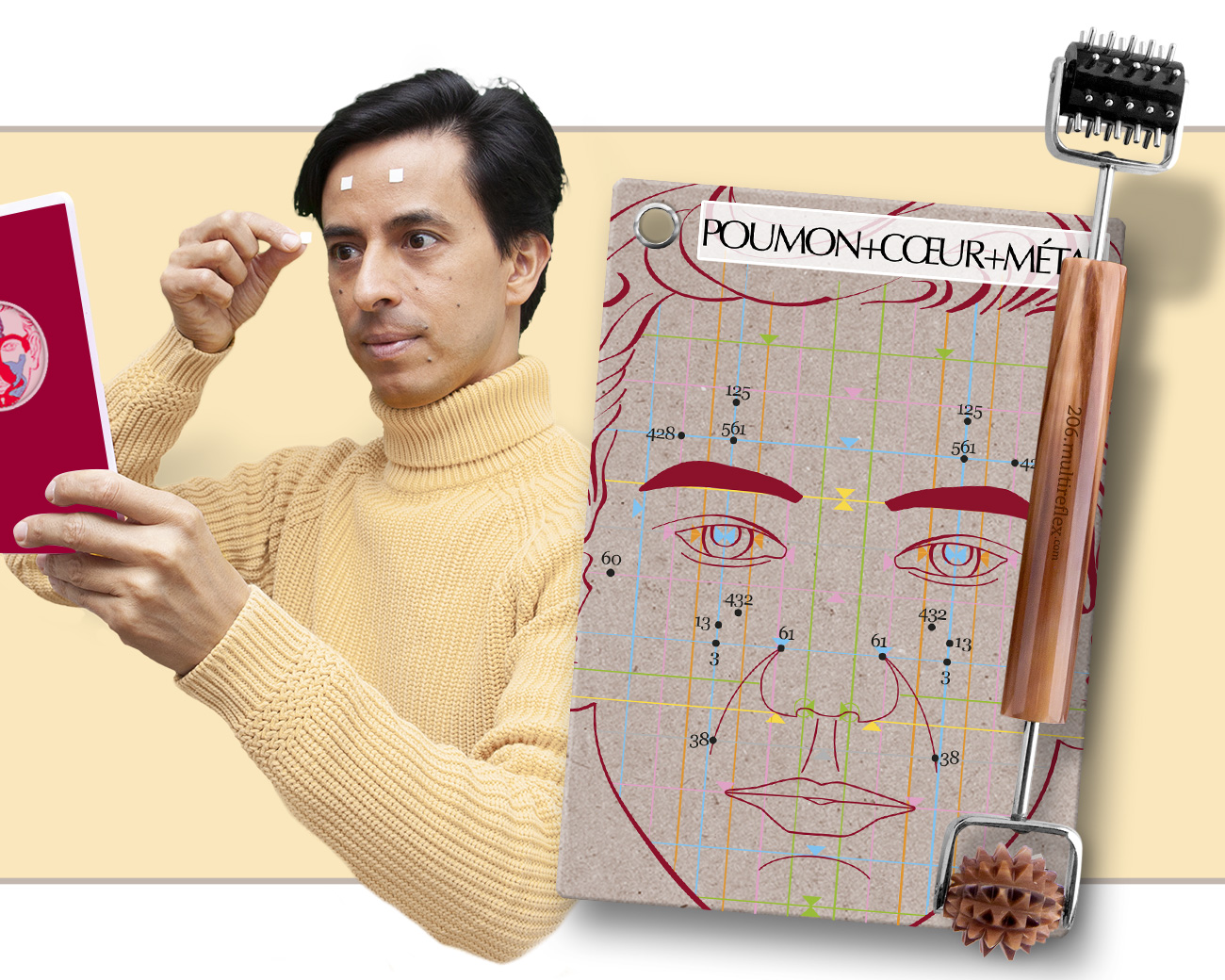
Sleep apnea is not a disease but a complex condition with various origins, involving many factors.
In this captivating video [in French, so activate subtitles], we take advantage of the presence of experienced therapist Yvan Binggeli to explore the management of sleep apnea in depth.
Discover how to create a detailed care plan, relying on innovative ideas to target the underlying causes of this condition. This approach incorporates precise concepts to target the organs involved while restoring the biological and energetic balance of the body.
This holistic method goes beyond conventional treatments, including parts of the body as well as facial reflex zones. It relies on the exclusive use of high-quality multireflex tools.
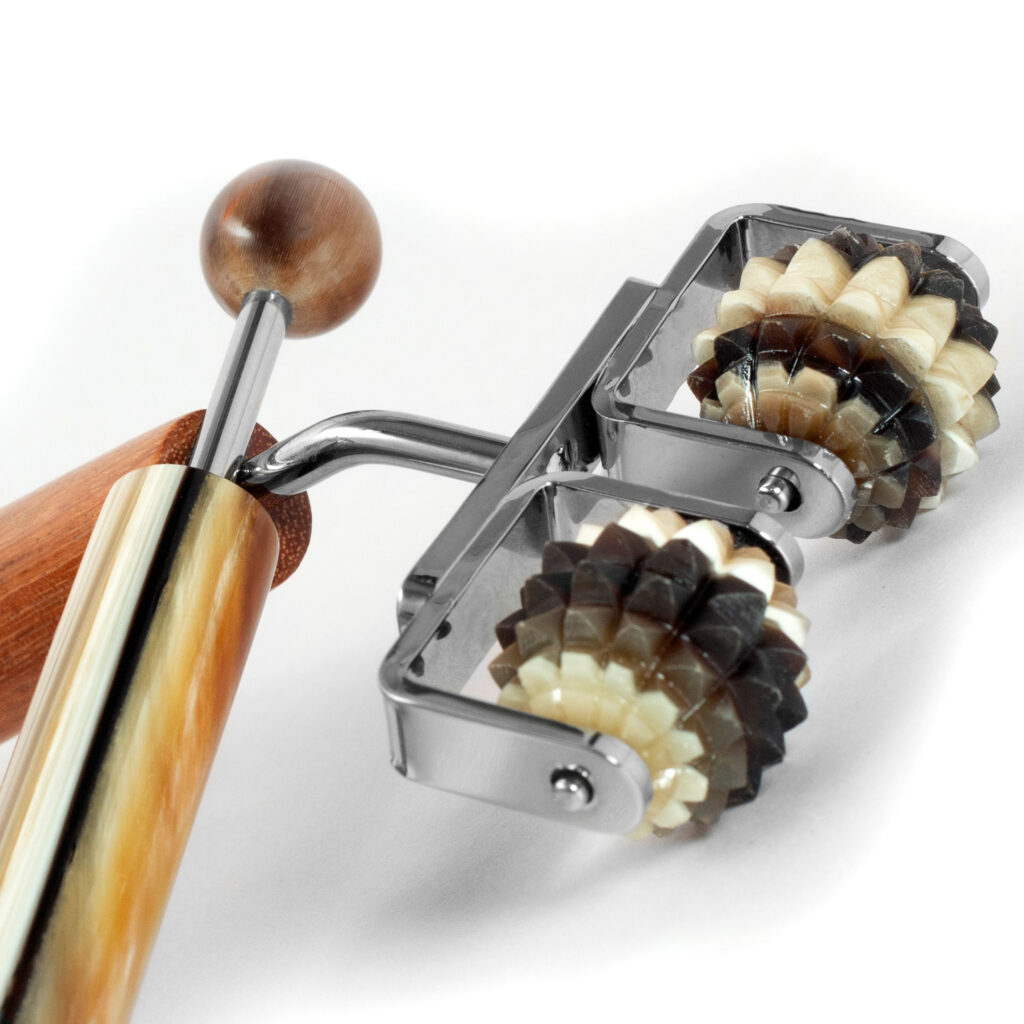
Indeed, we prefer instruments with wooden handles to avoid disruptive static electricity produced by plastic. We also emphasize that parts in direct contact with the skin should be made of high-quality metal (for the yin effect) and natural horn (for the yang effect) because the latter is a noble material respectful of skin microbiota and with biological antiseptic properties.
This is the best way to work consciously with the utmost respect for the skin.
We illustrate our approach through a real case
That of an ambulance driver who obtained very positive results thanks to Yvan Binggeli. Testimonials from other therapist students also reinforce our proposal, demonstrating the effectiveness of Dien Chan in many cases.
Sleep apnea is a complex condition, and we admit there is no one-size-fits-all solution. However, the art lies in creating personalized treatments. The video also explores addressing the Water element by stimulating bladder and kidney bqc·points, with the help of the Faceasit application to facilitate the creation of constellations and personalized formulas.
In the course of the video, we review key concepts, covering various aspects of the care plan:
- The general condition of the patient.
- Management of blood oxygenation and pressure.
- Dialogue and questioning to obtain essential information
- Recommendations on multireflex tools.
Our goal is to support you in enriching your care protocols by integrating external knowledge, such as traditional Chinese medicine.
Throughout our training program, spread over several modules, we teach you to translate the information obtained during dialogue with your patient into concrete gestures of Dien Chan.
To enhance your viewing experience, we recommend using the time codes found in the video description. They will allow you to easily navigate to each section with a single click.
During our discussion, we share many ideas to help you create a personalized care plan. Our goal is to inspire you to adapt your approach.
Here is a list of ideas to try:
1| To begin the care plan and address the overall condition, we refer to the anti-stress protocol with the Yin rake nº416. The article is here › tools.dienchan.pro/en/stress
2| Body phase: Facing a rather yang disorder, we offer a “Sleep Apnea” kit composed of yin tools we talk about:
- The Double yin ball nº411 to work the heart and lungs in the back.
- The Yin-yang roller nº206 to roll on the facial reflex zones of the lungs and the heart by guiding yourself with the diagram of the internal organs.
- [For phase nº4 of our treatment plan] The Yin health ball nº433, to roll it between the hands before going to sleep. The palms of the hands being a reflex zone of the lungs, this exercise promotes respiratory fluidity.
3| For the consolidation phase of the treatment using bqc·points formulas, we provide several constellations. This term refers to sets of bqc·points that we consider relevant to create a custom Dien Chan formula.
You have various techniques at your disposal to create your own constellation, and after testing them with a detector, only the most responsive bqc·points will be retained to compose your entirely personalized formula.
✔︎ Take, for example, the case of the throat and the flexibility of the soft palate, a crucial aspect to prevent the “flap” from collapsing during sleep, which can cause airway obstruction and episodes of sleep apnea. To address this, we propose a constellation involving the following bqc·points: 14· 274· 275· 64· 71· 8· 20· 109· 106·.

✔︎ To enhance the elasticity of the soft palate, we add the pair of bqc·points 16· 61·, which contributes to making the internal body structures more flexible.
At the end of the treatment, an ideal practice involves applying heating patches to the bqc·points that reacted the most (i.e., the most sensitive ones) to ensure a gentle but prolonged effect.
✔︎ It’s also interesting to test bqc·points related to the heart and lungs to promote oxygenation and blood circulation, such as: 38· 3· 13· 61· 432· 428· 561· 125· 60·.

✔︎ We will also stimulate bqc·points related to the Bladder meridian to release energy blockages in the neck: 87· 293· 156· 85· 21· 65· 191·
Once again, retain only the most sensitive bqc·points in this constellation.

These proposals are just starting points, and it’s easier to create your own constellation using the Faceasit application. This allows you to select the most sensitive points that will ultimately compose your entirely personalized formula.
Check out the numerous example videos of using the Dien Chan app called Faceasit to understand how to structure a perfectly individualised formula.
4| The Prescription:
Treatment often involves exercises that the patient can perform at home, including the use of the Yin-yang roller nº206 to work on the reflex zones of the lungs and heart, following the reflex diagram of internal organs.
Also, recommend to the person to roll the Yin health ball nº433 between their hands before going to sleep. The palms of the hands are reflex zones of the respiratory system. By stimulating them in a yin manner, we contribute to preventing lung dryness while promoting the circulation of flows.
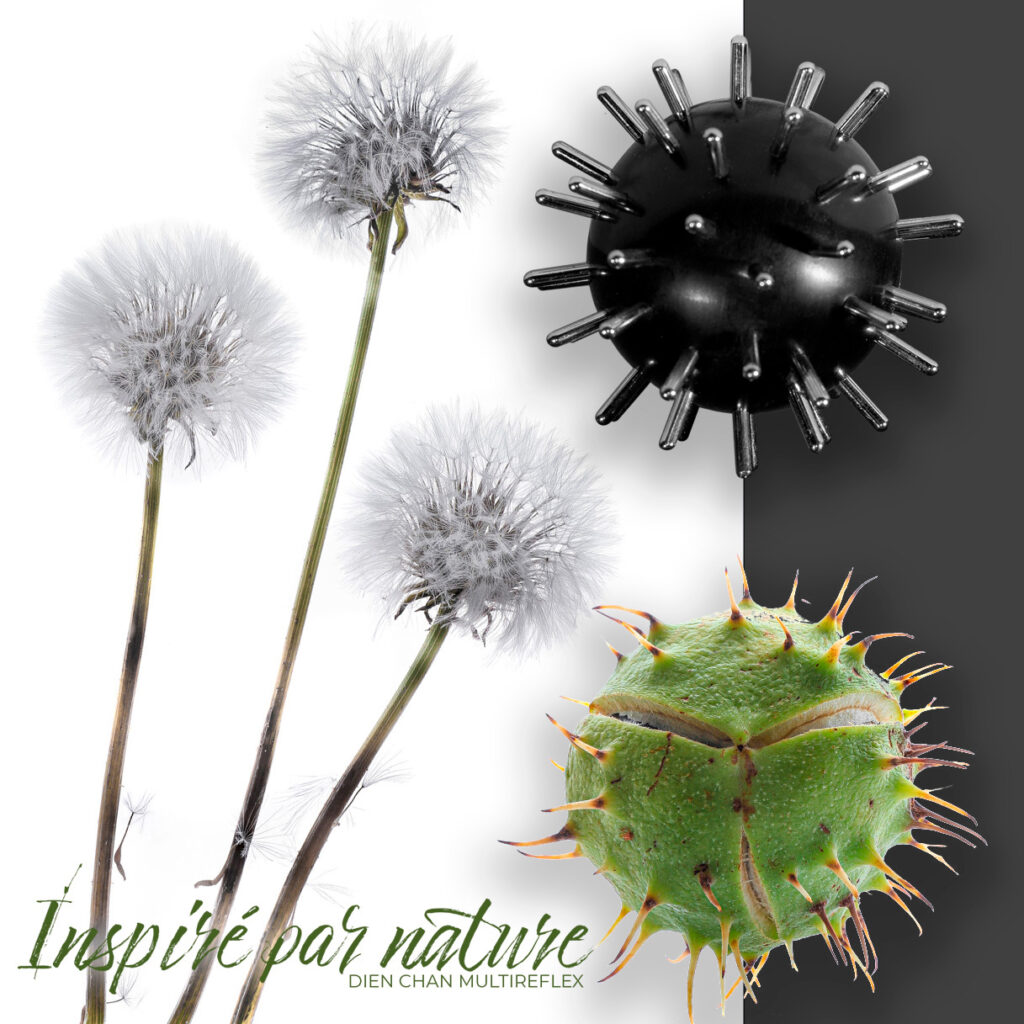
If the person is committed to addressing their issue, you can teach them how to use heating patches at bedtime (reference nº644 in the DienShop.com). It’s generally recommended to apply them to reflex zones of the throat (following the Penfield refrex diagram) and to the upper part of the lungs above the eyebrows, based on the internal organ reflection scheme.
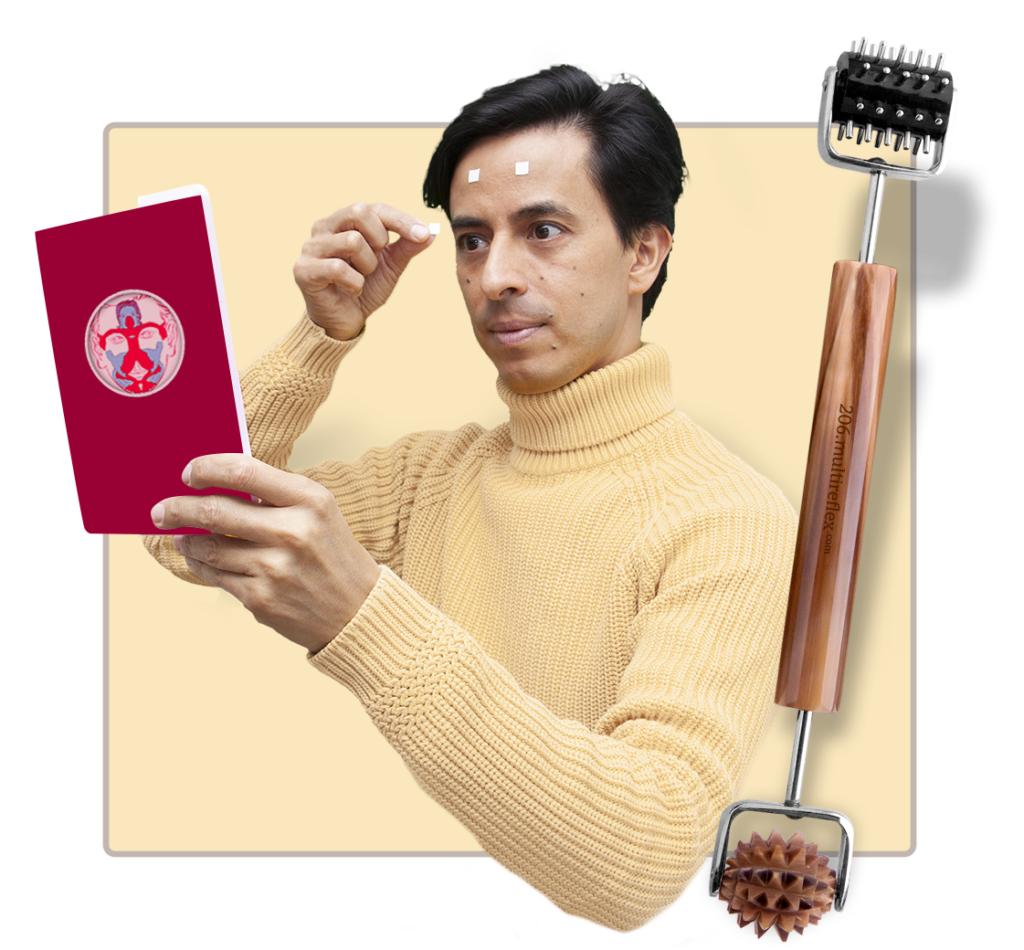
📌 However, it’s essential to avoid applying heating patches to the bqc·points 3· and 13· (related to the lungs) as menthol fumes could irritate the eyes.
The International School of Multireflexology – Dien Chan (ISMDC) is committed to guiding you in your journey to create personalised treatments. Our videos and articles on the DienChan blog are designed to boost your confidence.
Don’t forget to subscribe to the www.DienChan.tv channel to continue benefiting from the expertise of the Dien Chan experts.
Dienchannely yours,
— The Dien Chan Experts —
